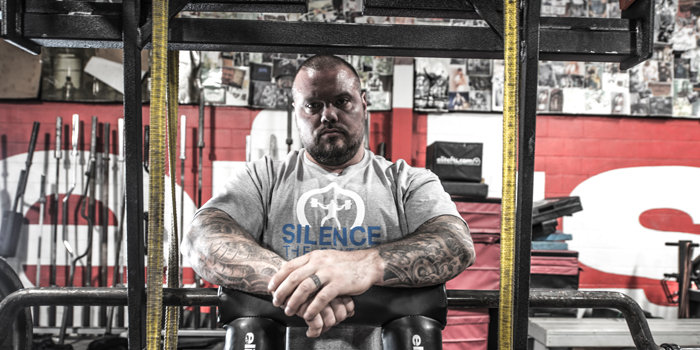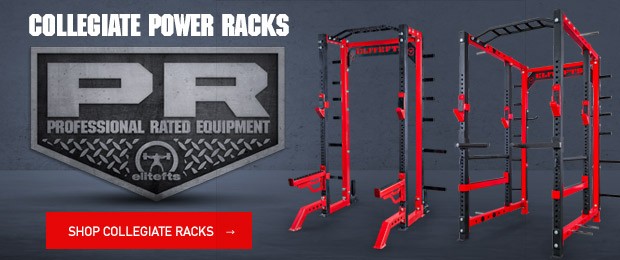
During my football days, we did a common plyometric exercise called the depth jump. None of us understood why we were doing this movement and what it signified. We just did it the same way most people perform this movement today—off a box.
Simply step onto a 12-inch or higher box and slowly lean forward with one leg and let the other follow and land. Athletes can work on their landing or transition into a vertical jump onto a box as well as many other additions. The National Strength Coaches Association (NSCA) describes the depth jump as “the ability to rapidly apply force and provide an overload to the agonist muscle is the major goal of plyometric training” (Essentials of Strength Training and Conditioning. Second edition. Thomas R. Baechle and Roger W. Earle, page 440).
RECENT: Begin Your Journey to Become a BAMF Wrestler
The landing period (or amortization phase) is usually less than one second if performing a jump or the athlete can just hold if doing a depth land. The depth jump is one of the best ways for athletes to develop explosiveness and power. For the depth land, similar to the depth jump, you must land softly with both feet on the ground and your knees and hips bent in a good athletic position. I like to have the athletes hold for a few seconds while only doing the depth land.
Depth Land
After training many types of athletes for the past 10+ years at Tanks Training Facility (TTF), I have found a place for depth jumps in my training facility. However, training the Gateway Lions Academy Volleyball Team this past spring sparked some ideas on doing some progressions to help improve the players’ vertical jump. The head coach emphasized that she wanted to see improvement in everyone’s vertical jump.
For readers unfamiliar with this academy, please see my last article (“How I Trained the C2 Volleyball Team” at a high-level volleyball academy). The progression shown in the videos was an idea I had that I thought would translate well into future routines.
I have always been taught that depth jumps and lands should be between one to three feet. The box height always depends on the athlete’s training level and other factors. Some say the athlete should be able to squat 1.5x his or her bodyweight before performing the jumps. Considering the intensity level of depth jumps and their progressions, they are statically for a plyometric, the highest level of intensity and stress on the body.
One issue I have noticed with the traditional depth jump from a box at any height is obviously associated with stepping off the box, which could result in an uneven landing or favoring one side or a shift in the hips.
Depth Land with Knee Tuck
When performing these jumps from the hang position (as shown in the video), this issue should be almost certainly eliminated. I have been experimenting with athletes trying in a straight leg position and those trying a “knee tuck.”
Please let me emphasize to the readers not to try and turn a traditional depth jump into a vertical jump!
I don’t want anyone hitting their head on the bar or hurting themselves. I will be monitoring these athletes during every jump and using a very tall rack (get the exact height).
This upcoming year for the volleyball team, I will be doing a study to see if there are any pluses or minuses from the progression (hang position) to the traditional way (off a box). I will test all of the team members at the beginning of the school year and see how they respond right before winter break. The athletes will be doing the exact same template so that the testing measure will be valid.
Depth Land into Broad Jump
We will see which group’s vertical improves more in the vertical jump. Stay tuned for Part 2 this winter for the breakdown to see if there was a difference between the two styles. Also, if you have an interest in this matter, please feel free to share. Send me a message below with your thoughts or which style worked better for your athletes.











1 Comment